Quantification of inbreeding effects necessary for breeding programs
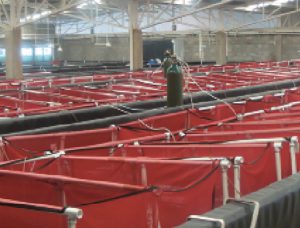
Domesticated stocks and breeding programs to improve production and profitability in penaeid shrimp aquaculture are becoming increasingly common. The use of selection programs implies that only a portion of the population contributes genes that are transmitted to the next generation, reducing effective population sizes.
This reduction implies an increased probability of mating between relatives, making a certain degree of inbreeding unavoidable over time. Inbreeding is often associated with a reduction of the mean phenotypic values of some traits, principally those related to fitness and physiological efficiency.
Inbreeding – the result of mating between relatives – can be expressed through an inbreeding coefficient, which ranges between zero and 100 percent. Inbreeding commonly causes a decrease in the mean values of traits of productive interest.
The magnitude of inbreeding depression varies depending on the trait studied, the population and the level of inbreeding achieved. Therefore, to design efficient breeding programs for shrimp, it is necessary to quantify the effects of inbreeding and incorporate this information in a way that allows proper balancing of the response to selection and the effects of inbreeding.
Inbreeding study
The authors performed a study with a large number of families to investigate the effects of inbreeding on the body weights of Pacific white shrimp (Litopenaeus vannamei) at harvest size after 130 days and on growout survival from 65 to 130 days of age. The experiment was conducted at the Maricultura del Pacífico hatchery in Los Pozos, Sinaloa, Mexico, from 2010 to 2012. It produced three successive generations of families.
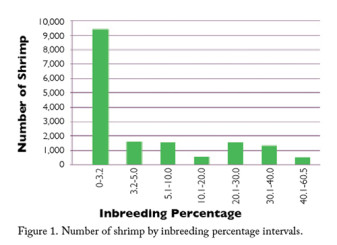
The experiment was designed to generate inbred families, which were the product of sibling mating in successive generations, as well as groups of families with different inbreeding coefficients, including families with relatively low inbreeding levels. Mating was carried out to obtain families with an inbreeding level ranging between zero and 61 percent.
A total of 16,361 shrimp from 320 families were produced. The numbers of animals obtained for each inbreeding interval by year are shown in Figure 1. Inbred families were mainly the product of mating between siblings and cousins (Figure 2), while the rest of the families were the product of several mating schemes between individuals with different levels of genetic relationship.
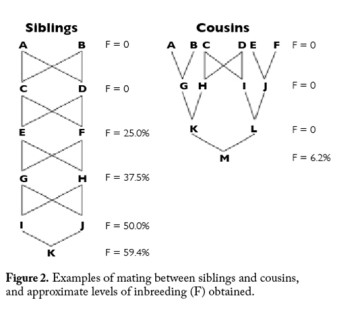
All mating was performed using artificial insemination. Inbreeding coefficients were calculated using pedigree information, which comprised 11 generations.
The effect on each trait per 10 percent increase in the inbreeding coefficient was estimated. For the analysis, the effects that can influence these traits were taken into account using appropriate statistical methods.
Results
There was a significant negative effect of inbreeding on body weight. The estimated change on body weight per 10 percent increase in the inbreeding coefficient was -2.2 percent of the mean (Table 1). Survival is a fitness trait, and inbreeding is considered to affect this type of traits. However, these results showed that inbreeding had no effect on growout survival (Table 1).
From these results, a loss of up to 6 percent of the genetic progress can be expected as an effect of inbreeding in a selected population of Pacific white shrimp. This takes as reference the commercial population of Maricultura del Pacífico, where measures to limit inbreeding are taken.
| Trait | Mean | Inbreeding effect (%) |
|---|---|---|
| Body weight at 130 days of age (g) | 19.6 | -2.2 (significant) |
| Survival from 65 days to 130 days of age (%) | 81.7 | -0.01 (not significant) |
It should be noted that the inbreeding depression results obtained in this study were very similar to those obtained on the commercial line from the same company. The range of unintended inbreeding coefficients, which result from routine breeding program management, was much smaller – zero to 15 percent.
These results were obtained in a 2013 study that involved a retrospective analysis of data from eight generations. In that study, the decrease in body weight at 130 days of age per 10 percent increase on the inbreeding coefficient was -3.4 percent of the mean, and statistically significant. Similarly, inbreeding had no effect on growout survival rate.
Perspectives
In this population, the inbreeding effect on body weight was relatively small. However, the effect of inbreeding on all important traits must be considered to make the best decisions regarding its control.
To control long-term inbreeding in a closed population, it is necessary to use a relatively large number of broodstock in each generation and control mating among relatives by imposing mating restrictions. These measures may imply some reduction in genetic progress, but allow preservation of the genetic variation necessary to continue improving the population for current traits or others that may need to be incorporated in the future.
Authors
-
Dr. Lidia de los Ríos-Pérez
Departamento de Genética y Bioestadística
Facultad de Medicina Veterinaria y Zootecnia
Universidad Nacional Autónoma de México
Coyoacán, Distrito Federal, México
-
Dr. Gabriel R. Campos-Montes
Departamento de El Hombre y su Ambiente
Universidad Autónoma Metropolitana
Coyoacán, Distrito Federal, México -
Dr. Alfonso Martínez-Ortega
Maricultura del Pacífico S.A. de C.V.
Mazatlán, Sinaloa, Mexico -
Dr. Héctor Castillo Juárez
Departamento de Producción Agrícola y Animal
Universidad Autónoma Metropolitana
Coyoacán, Distrito Federal, México -
Dr. Hugo H. Montaldo
Departamento de Genética y Bioestadística
Facultad de Medicina Veterinaria y Zootecnia
Universidad Nacional Autónoma de México
Coyoacán, Distrito Federal, México[120,109,46,109,97,110,117,64,111,100,108,97,116,110,111,109]
Tagged With
Related Posts
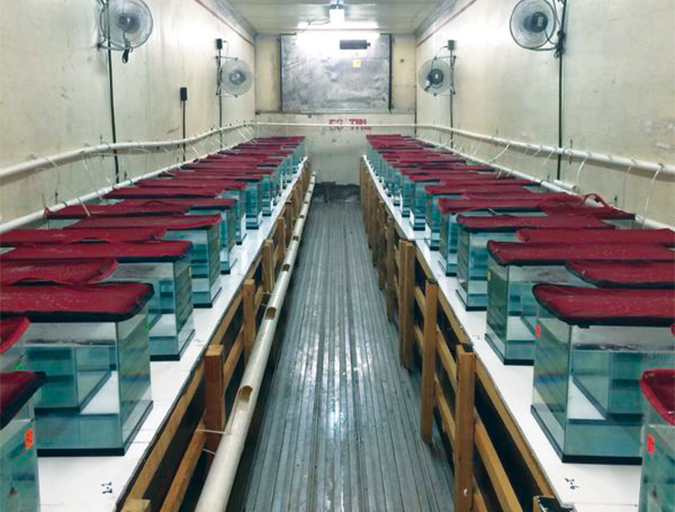
Health & Welfare
Genetic variation for resistance to WSS, AHPND in Pacific white shrimp
Selection for disease resistance has been used in breeding farm animals and can be a viable option to deal with white spot syndrome and acute hepatopancreatic necrosis disease in commercial shrimp culture. In trials, heritability for AHPND resistance was low, while that for WSS was moderate.
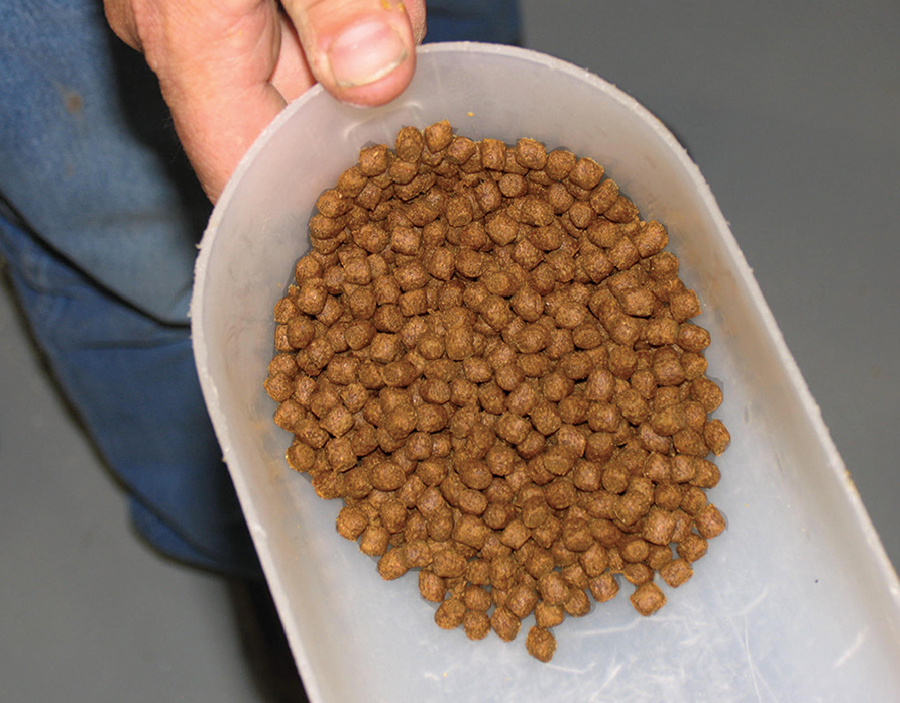
Aquafeeds
Insect meals: Novel protein, fat sources for farmed shrimp
Poor-quality ingredients can’t become good-quality ingredients. Quality protein is essential for the healthy growth of any omnivorous or carnivorous aquaculture species. Insect meals seem to fill this need, and their mass-scale production appears to be sustainable.
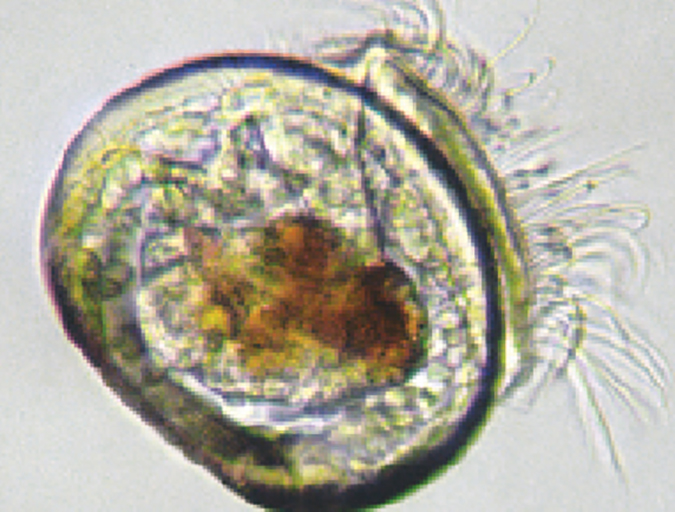
Health & Welfare
Metabolomics approaches to improve mussel larval production
Variability in the quantity and quality of larval yields limit aquaculture growth. New biotechnological advances promise to revolutionize the way we assess and solve bottlenecks. A study demonstrated the use of metabolomics to assess and classify mollusk larvae quality and identify biochemical pathways that may reveal further important insights.


